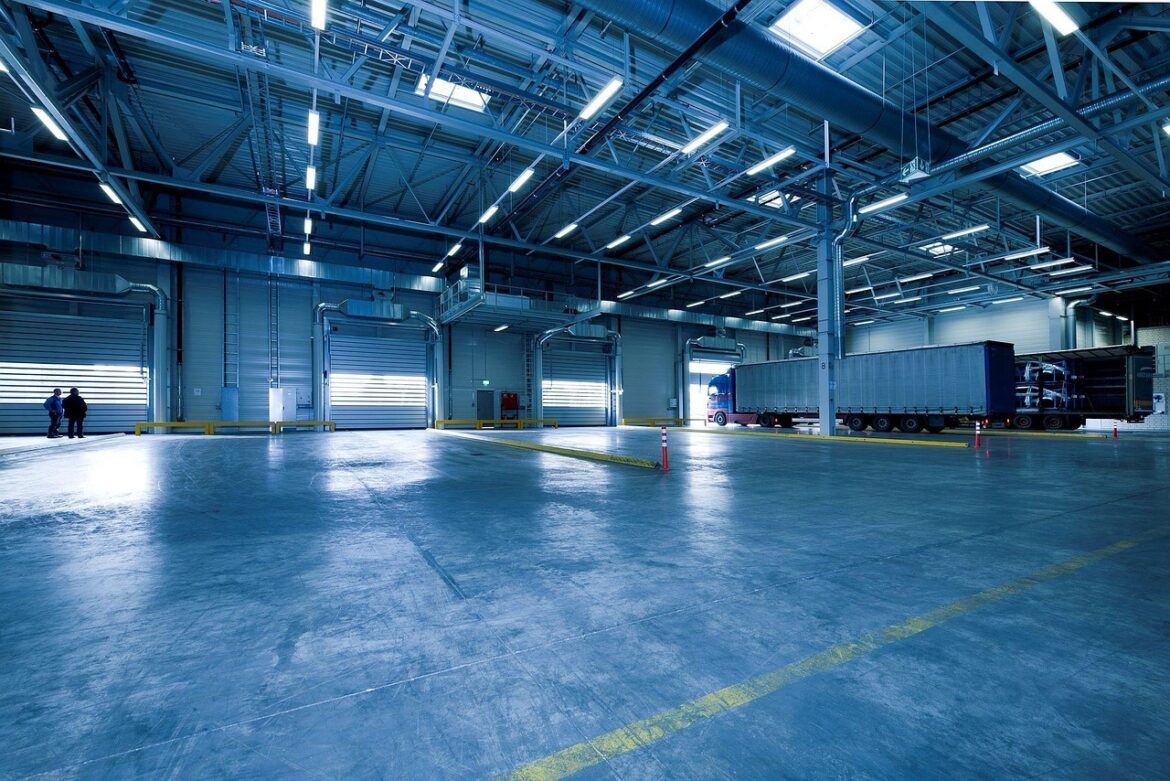Transforming Supply Chains: Top Hardware Trends
The modern supply chain is akin to a finely tuned orchestra, where each piece must work in harmony to achieve a seamless performance. In today’s fast-paced world, technology plays the role of the maestro, guiding various elements to ensure timely, cost-effective, and efficient delivery of goods. Let’s dive into the trending hardware that’s making waves in the supply chain sector.
1. GPS Tracking Devices
Imagine being able to pinpoint your shipments’ exact locations anywhere in the world, anytime. GPS tracking devices have made this a reality for many businesses. They provide instant updates, helping companies monitor shipments’ progress, anticipate delays, and enhance customer communication. By integrating geofencing and tamper alerts, businesses can secure their assets and respond quickly to unauthorized activities.
2. Internet of Things (IoT) Sensors
IoT sensors act as the nervous system of modern supply chains, interconnecting separate components into a cohesive, responsive network. These sensors can monitor environmental conditions such as temperature and humidity, ensuring the quality of goods during transit and storage. They’re perfect for industries like pharmaceuticals and perishable foods, where maintaining specific conditions is crucial.
3. RFID Technology
Radio Frequency Identification (RFID) is a powerhouse in tracking items at the individual level. Digital Product Passports, for example, use RFID to enable traceability from manufacturing to consumer purchase and beyond. This technology helps ensure compliance with regulations and enhances inventory management by providing real-time location data.
4. Edge Computing Devices
Imagine being able to process data instantly without relying on a central server. Edge computing devices do just that, enabling real-time processing by bringing compute closer to the data source. This is essential for applications that require immediate decisions, like monitoring inventory levels or managing smart warehouses.
5. 5G-Enabled Devices
With the rise of 5G networks, devices can now communicate faster and more reliably than ever. This technology supports critical supply chain innovations, such as smart logistics systems and IoT applications. The low latency and high speed of 5G ensure smooth operations, allowing for quicker responses to supply chain changes.
Real-World Impact
These hardware trends are not just theoretical concepts; they’re changing the game for companies worldwide. For instance, Blue Yonder has integrated AI into its supply chain solutions, enabling businesses to react to disruptions with unprecedented speed and precision.
The future of supply chain management lies in leveraging technology to create agile, responsive, and data-driven operations. Whether it’s GPS tracking, IoT monitoring, RFID item-level visibility, edge computing, or 5G connectivity, each piece of hardware plays a vital role in ensuring seamless and efficient logistics. As we continue to see significant advancements in these technologies, supply chains will become even more resilient and adaptable, transforming the way businesses meet consumer needs.
Key Takeaways:
- Increased Visibility: Harmonize your supply chain with real-time tracking.
- Efficiency Gains: Leverage IoT and edge computing for quicker decision-making.
- Innovation Hub: Explore new opportunities with 5G-enabled devices and RFID technology.
References:
- https://gpx.co/blog/supply-chain-visibility-software/
- https://www.businesswire.com/news/home/20250505924588/en/Blue-Yonder-Transforms-Supply-Chain-Management-With-New-AI-Agents-and-Supply-Chain-Knowledge-Graph-at-ICON-2025
- https://www.simplilearn.com/top-technology-trends-and-jobs-article
- https://procurementmag.com/supply-chain-management/coupa-inspire-2025-world-class-supply-chain-showcase
- https://www.abiresearch.com/blog/five-rfid-technology-trends-to-watch-at-rfid-journal-live-2025?hsLang=en
- https://laborcommission.utah.gov/wp-content/uploads/UOSH-Field-Operations-Manual-Ver-4-5-7-2025.pdf
- https://vmblog.com/archive/2025/05/08/the-hidden-infrastructure-how-automation-powers-the-modern-supply-chain.aspx
- https://www.house.leg.state.mn.us/cco/amend.asp?code=H2435A17&ls_year=94



